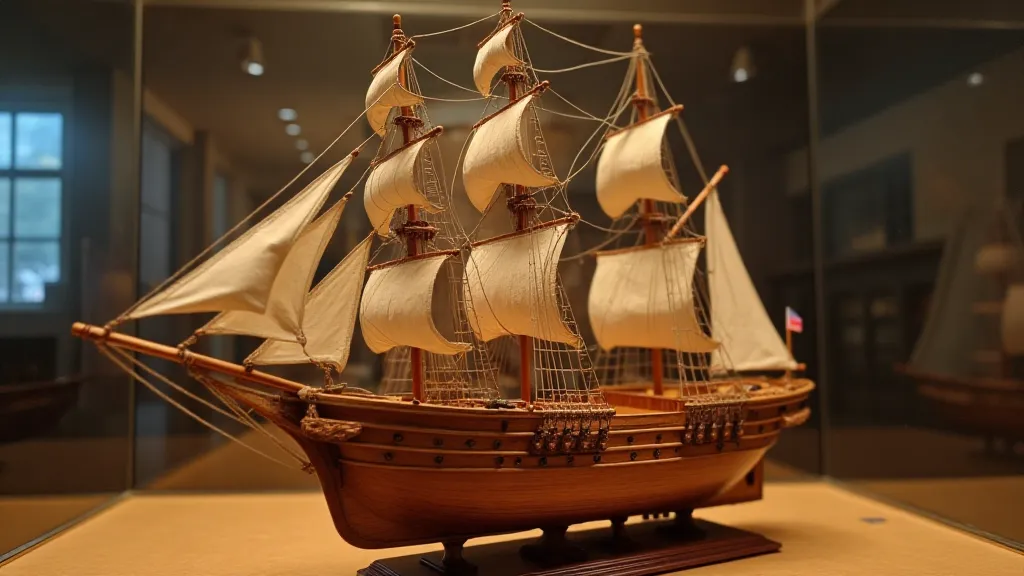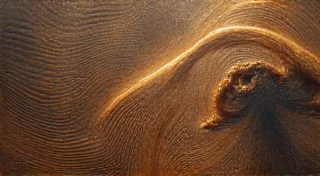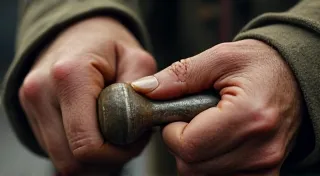The Weight of Absence: Building Ships for Those Lost at Sea
The scent of pine, the rasp of a plane against seasoned wood – these are the sounds and smells that have become my solace. They're the markers of a ritual, a quiet conversation held with ghosts. My journey into building wooden model ships wasn't born of a casual interest in crafts; it was forged from a profound sense of loss and a desire to connect with a history steeped in both triumph and tragedy. It’s a way, I've discovered, to hold space for those who sailed, and didn’t always return.
My grandfather, a taciturn man of the sea, rarely spoke of his own experiences. He’s gone now, lost to an unforeseen illness, but his silence left a chasm, a yearning to understand the life he carried within him. He served a brief stint in the merchant navy, and the few photographs I have of him – weathered faces squinting against the sun, the rhythmic swell of the ocean stretching beyond the frame – speak of a world both familiar and eternally distant.
Building these models isn't about creating perfect replicas, though the meticulous detail can certainly be rewarding. It's about the process – the deliberate, considered actions that mirror the labor of the shipwrights of old, the generations who crafted vessels of wood and hope against the relentless power of the ocean. Each tiny plank, carefully shaped and glued into place, represents a prayer, a memory, a fragment of a story that might otherwise be lost to the depths.
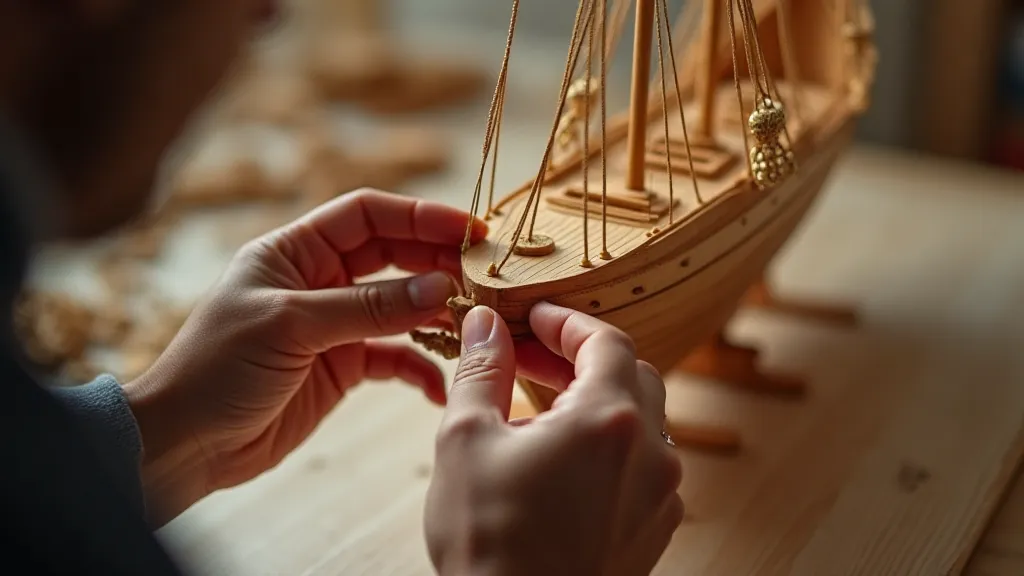
A History Etched in Timber
The maritime history of the world is a brutal ledger. For centuries, ships were the lifeblood of commerce, exploration, and, inevitably, conflict. They carried empires, transported dreams, and swallowed countless lives. Think of the 'Mary Rose', Henry VIII’s flagship, raised from the seabed – a poignant monument to hubris and the fragility of human ambition. Or the 'Titanic', a symbol of unprecedented luxury that met a catastrophic end, forever etching the names of over 1,500 souls into the collective memory. Each vessel carries with it a story, often a heartbreaking one.
The construction methods themselves are a testament to ingenuity and resourcefulness. Early wooden ships were built using techniques that demanded an intimate understanding of timber’s properties and the principles of hydrodynamics. The carvel construction, where planks were laid flush with each other, requiring an almost unbelievable level of precision, is a particularly challenging approach to replicate in miniature. Then there’s the clinker method, seen in Viking ships, where overlapping strakes created a strong, flexible hull. The sheer amount of labor involved, the relentless pounding of mallets, the smell of pitch and tar – these were the realities of shipbuilding, a constant battle against the elements and the unforgiving laws of physics.
More Than Just Wood and Glue
My first project was a simplified model of a three-masted schooner. It wasn's perfect; the rigging was a tangled mess, the paint job uneven. But the act of creation, the slow emergence of a recognizable form from a pile of lumber, was profoundly moving. It wasn't about achieving perfection; it was about the journey, the connection to the history, the tangible expression of empathy for those lost at sea. The repetitive nature of the work – cutting, shaping, gluing – became a form of meditation, a way to quiet the noise of the world and focus on the present moment.
It's a tactile process. Holding a piece of wood, feeling its grain, understanding its limitations – this fosters a deep appreciation for the materials and the skills of the shipwrights who built these vessels on a much larger scale. There's a quiet dignity in working with one’s hands, creating something beautiful and enduring from raw materials. And there’s a surprising amount of problem-solving involved. A slight miscalculation, a warped piece of timber – these require creative solutions, a willingness to adapt and learn from mistakes.
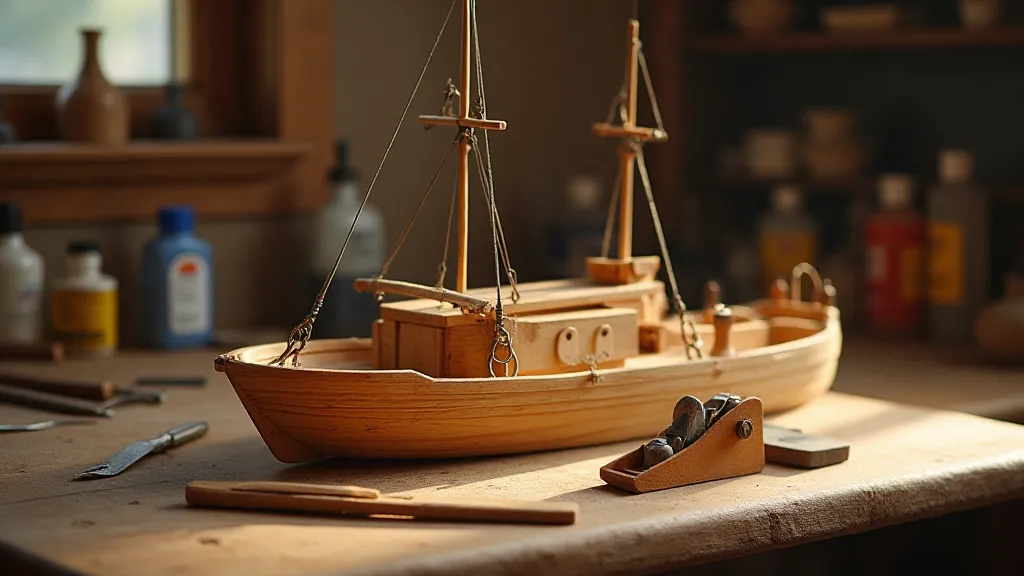
The Restoration Mindset
While my primary focus isn't restoration, the process of building often lends itself to appreciating the challenges faced by those who restore antique vessels or models. The careful removal of old paint, the meticulous repair of damaged timbers – these are acts of reverence, a recognition of the history embedded within the wood. Understanding the different types of wood used – oak, pine, teak – and their respective properties is crucial, not only for building accurate models but also for appreciating the complexities of restoration.
The conservation of maritime artifacts is a delicate art. It requires specialized knowledge, a deep respect for the past, and a commitment to preserving cultural heritage. Sometimes, the most valuable contribution is simply to document the existing condition, to record the story that the wood has to tell before further intervention is undertaken. There’s a profound beauty in witnessing the passage of time, the wear and tear that marks a life well-lived, whether it be a ship, a model, or a human being.
A Small Offering
Building these models isn't about escaping grief, but about finding a way to acknowledge it, to give it form. Each finished ship is a small offering, a silent tribute to those who sailed into the unknown and never returned. They're a reminder of the enduring power of the sea, the fragility of life, and the importance of remembering those who came before us. It’s a way to connect to a shared human story, a story of courage, loss, and the relentless pursuit of horizons.
And perhaps, in the quiet solitude of my workshop, surrounded by the scent of pine and the rasp of a plane, I find a measure of peace, a fleeting sense of connection to the vast and timeless ocean, and to the souls who have forever been claimed by its embrace. The weight of absence remains, but the act of creation offers a fragile, yet enduring, sense of solace.
